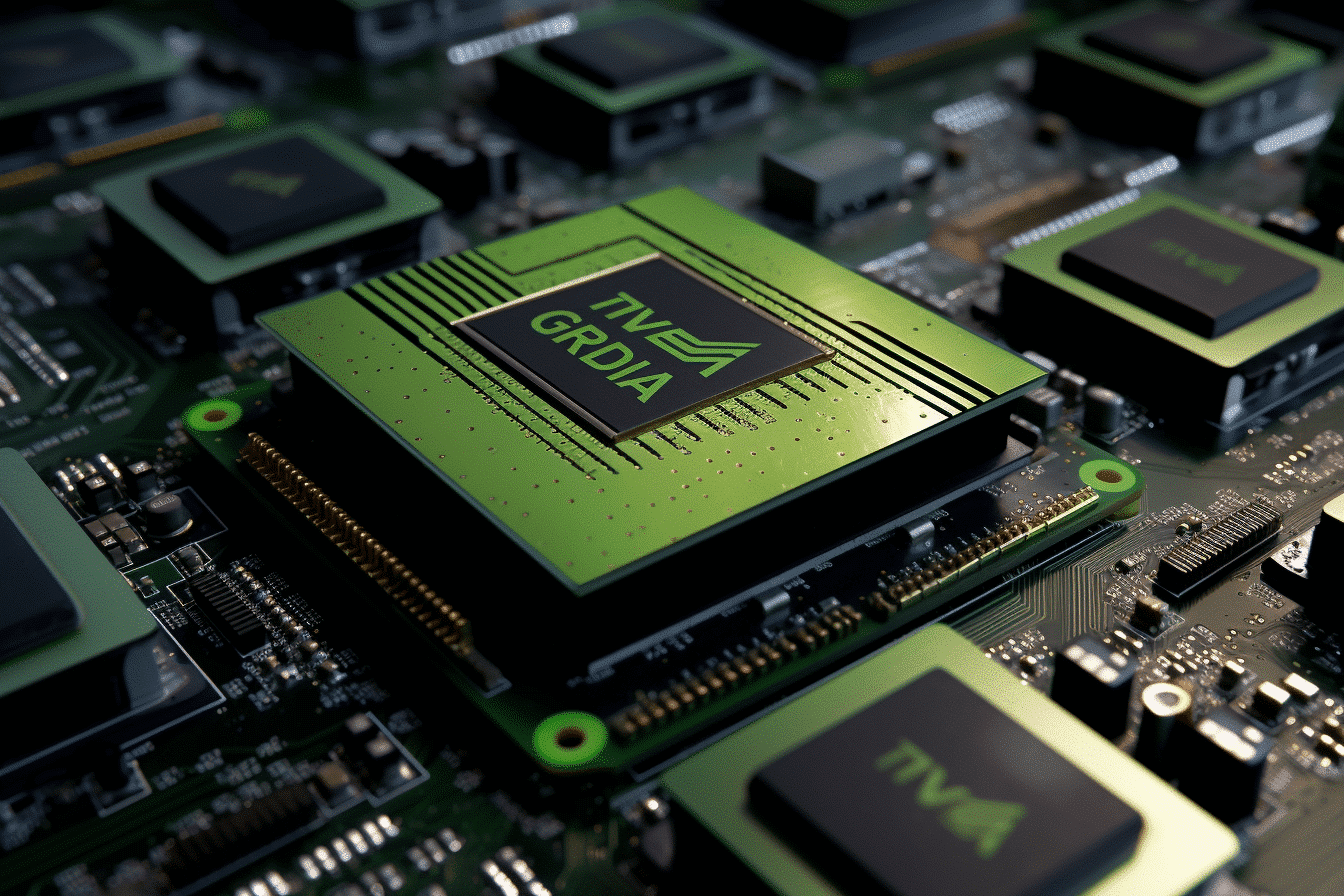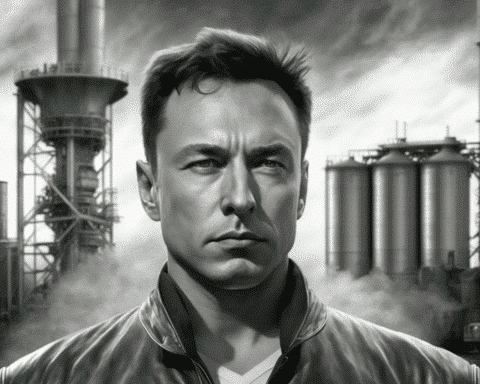Nvidia is leveraging a modest amount of X-ray data to produce remarkable results. They’ve recently submitted a patent for “constructing medical images” via machine learning mechanisms.
With Nvidia’s cutting-edge technology, users can derive enhanced medical images from minimal data, proving useful across various medical scenarios.
The intricacies of Nvidia’s patent might be intricate, but in essence, the system introduces a “medical item,” like an image, alongside data related to the item’s “spectral domain” (i.e., the type of medical imaging) to a machine learning algorithm. This process yields another AI model, offering “predicted values” which can provide deeper insights into the image’s contents.
The resultant high-definition medical images give a profound insight, potentially surpassing traditional imaging capabilities. This could reduce the necessity for intrusive procedures, like biopsies.
Nvidia emphasized that the medical images generated through their method are “significantly more precise” than other methods utilizing minimal training data. “Generating precise images from minimally sampled data is a technical challenge present in many applications,” stated Nvidia.
This isn’t Nvidia’s first venture into AI-driven medical tech. Previously, they patented technology that gauges heart and respiratory rates using neural networks, extracting data from facial images and movements. Given Nvidia’s active role in medical tech, encompassing imaging, biopharma, and genomics, this latest patent complements its robust presence in the AI realm.
Nvidia maintains its leadership position in the AI arena as its chips and data centers remain hot commodities among developers. The company’s stock value has surged over 200% this year. Following a stellar earnings report and a promising forecast, Nvidia’s shares attained an unprecedented intraday high.
They disclosed quarterly sales exceeding $13.5 billion, a 101% jump year-on-year. Furthermore, the company projects a staggering 170% growth in sales, anticipating $16 billion for the next quarter, surpassing the $12.5 billion Wall Street estimation.
Data centers, pivotal in harnessing AI capabilities, were Nvidia’s primary revenue stream this quarter. As Romeo Alvarez, director and research analyst at William O’Neil, commented on Bloomberg News, “The surge in AI chip demand is evident. Nvidia’s bookings for these chips extend into next year. The current challenge isn’t about the demand, but the supply.”
Given Nvidia’s dominance in AI chip production, they’re uniquely positioned to diversify into other AI niches, be it chatbots, autonomous vehicles, or medical imaging. Nvidia’s triumphs in AI might well be the catalyst for its subsequent endeavours — as the saying goes, a rising tide lifts all boats.
In the realm of AI and technology, Nvidia’s relentless pursuit of innovation underscores its commitment to transforming industries and improving lives. Their endeavours in AI-powered medical imaging not only signify a promising leap in healthcare diagnostics but also mark another milestone in Nvidia’s ever-expanding influence. As the world eagerly anticipates their next breakthrough, it’s evident that Nvidia remains a beacon of progress in the ever-evolving landscape of technology.




